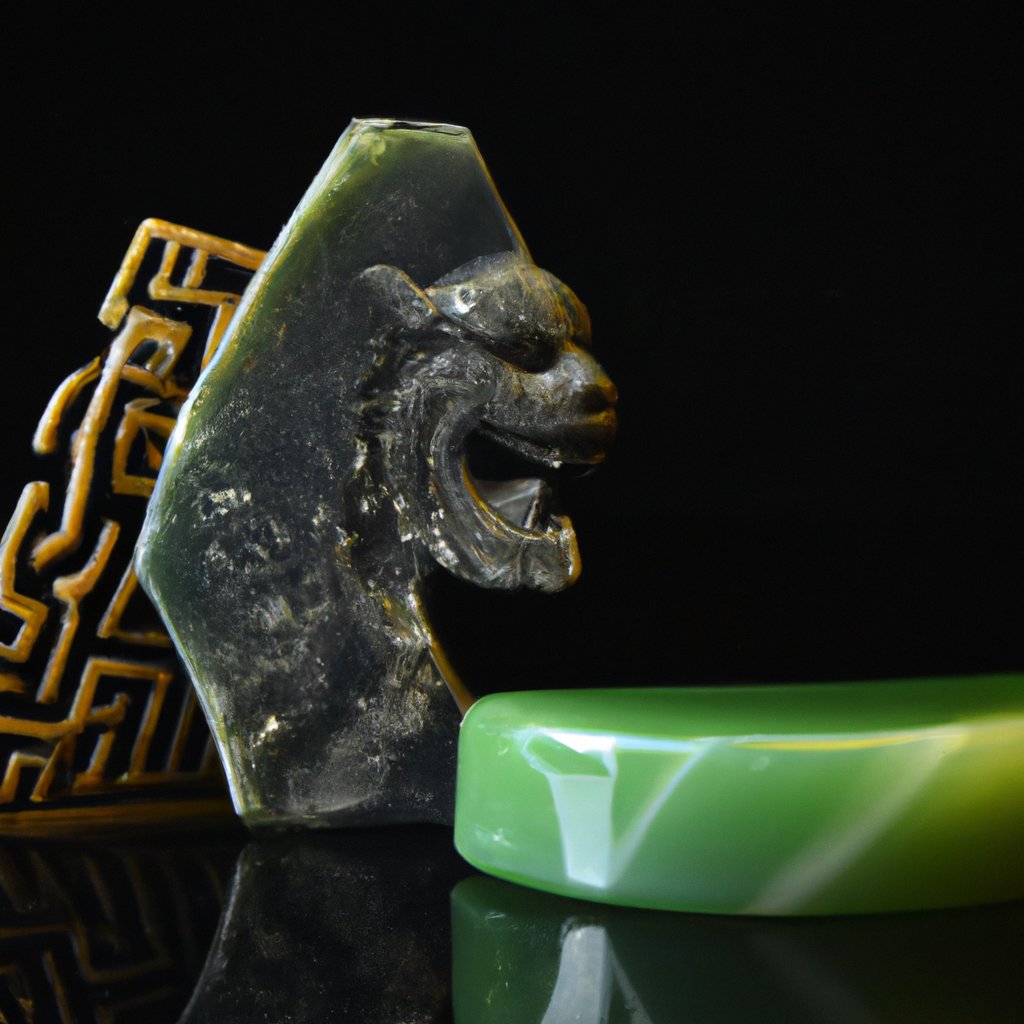
The History and Significance of Jade: A Look at the Precious Stone's Cultural Impact Around the World

Jade is a stone that has been prized by many cultures for thousands of years. It was even used as currency during the Ming Dynasty (1368-1644), and it has been called "the most valuable mineral on Earth." But what exactly is jade? And why do so many different cultures have such a strong connection to this precious stone? Here are some interesting facts about jade.
What is Jade and Where Does It Come From?
The term “jade” actually refers to any variety of stone with a green or blue coloration. This includes several types of minerals, including nephrite (a greenish-blue mineral), chalcedony (a bluish-green mineral), jadeite (a brownish-green mineral) and steatite (a yellowish-brown mineral). All of these stones can be found in nature, but they are usually mined in specific areas. For example, nephrite is often found in Myanmar (formerly Burma), while chalcedony is more common in Sri Lanka and Thailand. Jade has been found on Earth since prehistoric times. The earliest known evidence of jade dates back to 3 million years ago. Archaeologists have discovered pieces of jade dating back to the Paleolithic Age (approximately 2.6 million years ago) in China. They also have unearthed pieces of jade in Egypt, Mexico, Peru, India, Australia and other parts of the world.
Jade originates from two main places: China and India. In fact, most of the world’s supply of jade comes from these two countries. Jade has been found on Earth since prehistoric times. The earliest known evidence of jade dates back to 3 million years ago. Archaeologists have discovered pieces of jade dating back to the Paleolithic Age (approximately 2.6 million years ago) in China. They also have unearthed pieces of jade in Egypt, Mexico, Peru, India, Australia and other parts of the world.

How Has it Been Used Throughout History?
In addition, there are several theories about how jade got its name. Some believe it comes from the Chinese word "yue" which means "green." Others think it comes from the Latin word "jadeus," meaning "gemstone." Still others say it is derived from the Greek word "kaduas," which means "to cut." There are also some who claim that jade is named after the Chinese emperor Jing Di. However, this theory is not widely accepted because no historical records show that he ever owned any jade. In fact, historians do not know exactly where or when jade originated.
Jade was first used as a decorative element in ancient China. People believed that the green color represented long life, prosperity and good health. As time passed, people began using jade for various purposes, including jewelry, weapons, tools and sculptures.
During the Shang Dynasty (1600-1100 B.C.), the Chinese started using jade to make ritual instruments called "jade drums." These drums were made out of jade and played an important role in religious ceremonies. During the Zhou Dynasty (1046-256 B.C.), people began making jade into earrings and pendants.
Over the centuries, jade became more valuable and was traded with different countries. It was even used as money during the Ming Dynasty (1368-1644). At that time, the government minted coins made of gold, silver, copper and bronze. But they also had their own currency made of jade. This was called the "cash coin." Because it was so expensive, only the highest officials could afford it.
Many ancient civilizations used jade in their arts and crafts. For example, the Egyptians used jade to make statues, masks, jewelry and carvings. The Greeks used jade to make ceremonial objects such as cups, vases and statues. The Romans used jade to make weapons and utensils. The Japanese used jade to make swords, knives, armor, mirrors and other items.

Leave a comment